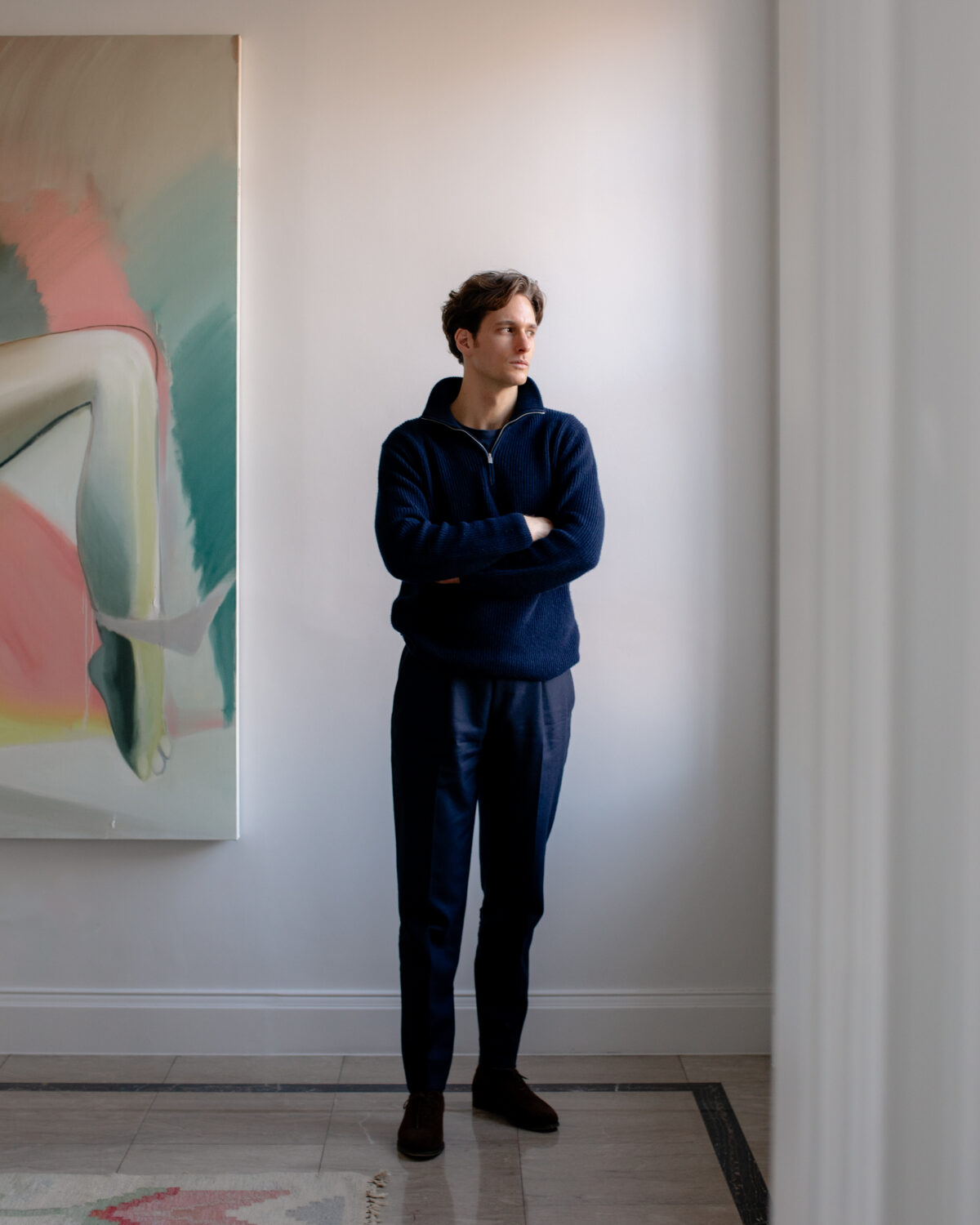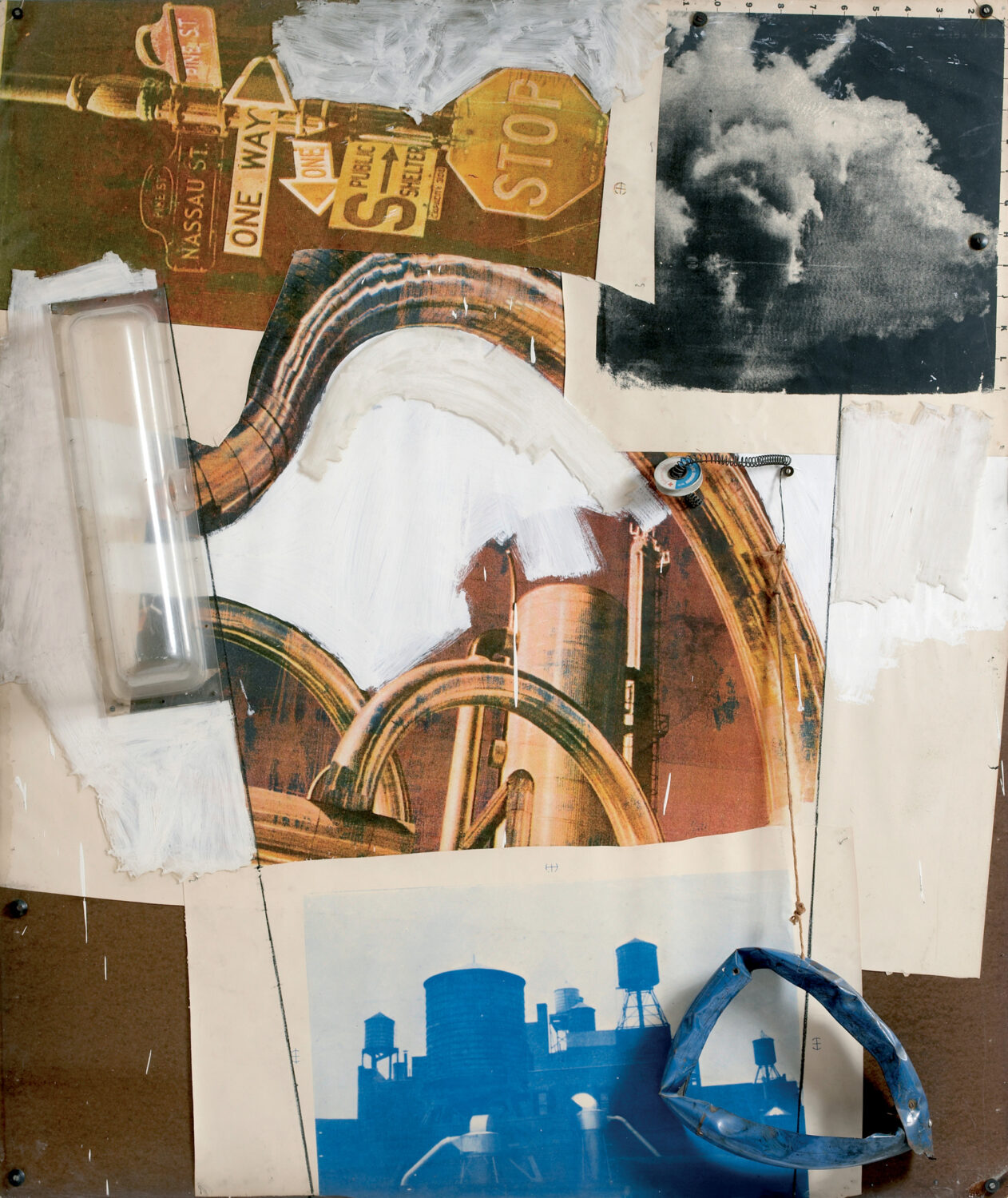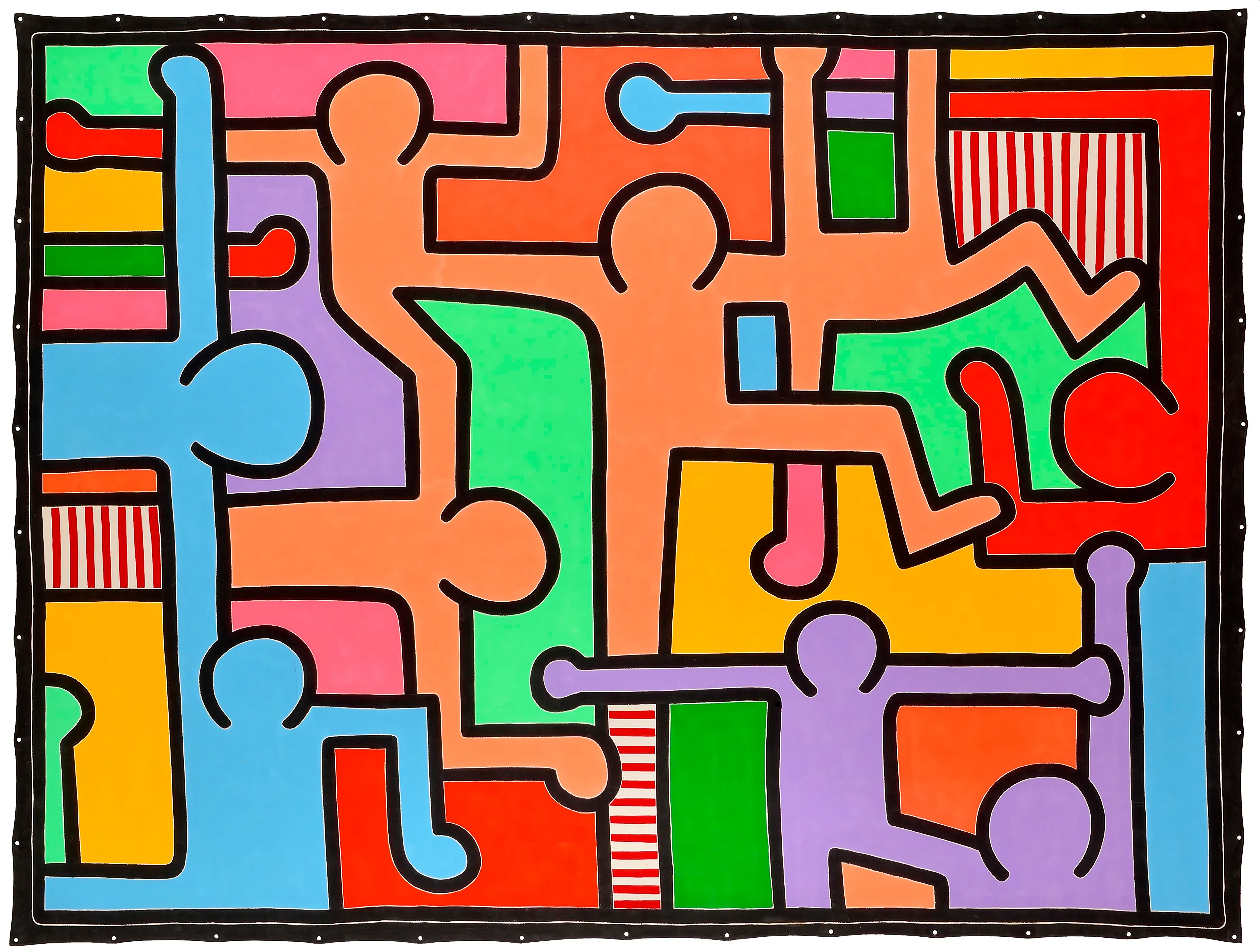The Curator Bringing America’s Pop Art Icons to India for the First Time
By Keshav AnandThe Nita Mukesh Ambani Cultural Centre in Mumbai is currently hosting POP: FAME, LOVE AND POWER, a landmark exhibition showcasing seminal American Pop art from the 1960s onwards. Curated by Lawrence Van Hagen, this is India’s first museum exhibition dedicated to Pop art. The show, open until 11 February 2024, highlights works by iconic artists such as Roy Lichtenstein, Keith Haring, Andy Warhol, and Robert Rauschenberg, among others. Many of these influential figures have never been shown in India prior to this exhibition, providing a unique opportunity for Indian audiences to intimately connect with both the artists and their works. To learn more about the ambitious new presentation in Mumbai, Keshav Anand spoke with the London-based curator behind POP: FAME, LOVE AND POWER.

Keshav Anand: Can you give us some insight into your background and journey to curating?
Lawrence Van Hagen: I definitely did not take the most traditional route into curation. I actually studied computer science at UCL and Imperial College in London. However, I always had a fascination for art, in part thanks to my mother, a life-long collector, who introduced me at a very young age to art. After graduating from university, I abandoned any future tech career that my degree pointed towards and decided to fully immerse myself in the worlds of art advising and art curation. I started off setting up pop-up shows in and around London, where I would gather a group of works by emerging and established artists that were all for sale. The shows started to pick up momentum and gather quite a lot of interest, so I began to expand the pop-up shows internationally: New York, Seoul, Paris, Hong Kong, Venice.
KA: Tell us about POP: FAME, LOVE AND POWER — how did you approach selecting the artists and works to include in the exhibition?
LVH: POP: FAME, LOVE AND POWER is my latest curatorial project and my most ambitious to date. When the NMACC in Mumbai first approached me to curate an exhibition for them, I had to decide on a theme that would resonate with Indian audiences. Pop art was the obvious choice to me — it’s colourful, it’s recognisable, it’s a genre that many Indian artists have been inspired by, and also my own Indian clients have purchased pieces of Pop art. Once the theme was decided on, I started to look at which artists should be included.

Since India has never had an exhibition of American Pop art before, I wanted to include a variety of American artists that really encapsulate and reflect the different characteristics and themes of the Pop movement. We finalised a list of twelve artists that were truly pioneers of the movement and captured the excitement of the genre. While famous Pop artists like Andy Warhol and Roy Lichtenstein were a given choice, it was important to include lesser-known artists that arguably had as much of an influence in shaping the movement, like James Rosenquist and Tom Wesselmann.
Similarly, I wanted to make sure to include female Pop artists in the list — an aspect of the movement that history often overlooks. Elaine Sturtevant, one of my favourite Pop artists, was very important to the development of the genre and how we think about the theme of appropriation today, so I’m so excited that we were able to include a great trio of works by her.
KA: Could you expand on the significance of the show being the first major presentation of Pop art in India?
LVH: The meteoric rise in pop culture and the subsequent inception of the Pop art movement emerged out of the tail-end of World War II, at a time when America was undergoing a moment of rapid transformation and growth. Everything from the introduction of the household television, to innovations in advertising and branding, and feverish industrialisation all created this melting pot of transformation in America that led the genre of Pop art to emerge at the forefront in the late 1950s and early 60s.

One of the reasons why I believe it is especially significant to stage this show is because India, at this very moment, is having a similar transformation into a global, powerhouse economy in its own right. Similarly, India is a country infused with such vibrant and rich culture — from Bollywood cinema, to sports and fashion. This has led many Indian artists working today to use popular culture as a source of inspiration for their own art, similar to the Pop artists in the 60s and 70s in America. In many ways, now feels like the perfect moment for this show.
KA: Has the setting of Mumbai played a role in shaping the show — and if so, how?
LVH: It definitely has. The first step in creating the exhibition was sourcing all of the paintings and sculptures that we wanted to include. Most Pop art is housed in America and Europe so we had to go to different collectors to ask them if they would consider loaning their works for our show. It wasn’t the easiest to convince them to ship valuable works all the way to India so we really had to think outside of the box and find collectors that were more globally-minded and excited to bring Pop to India for the very first time.
We made sure to cater the artwork selection keeping in mind the location and audience. We didn’t want to alienate any visitors who may have never been to such an exhibition before or encountered works of Pop art. The selection of works are accessible, eye-catching and colourful, yet also offer more complex meanings for the more seasoned exhibition-goers. We were keen to include works such as Andy Warhol’s Forty-five Gold Marilyns (1979), containing his iconic Marilyn motif, which is one example of a Pop artwork that is immediately recognisable to anyone, no matter where they are from.

KA: How have you approached utilising the Nita Mukesh Ambani Cultural Centre as a site of display?
LVH: The Nita Mukesh Ambani Cultural Centre was actually designed by Richard Gluckman, who is also the architect behind the Andy Warhol Museum in Pittsburgh, so it felt like the perfect space for the show from the outset. The exhibition space spans four floors and is by far the largest space I’ve ever had for a project. There are three main exhibition floors and one smaller fourth floor on top, so I knew I wanted to divide the exhibition up into three stages and have the fourth floor dedicated to a smaller installation or immersive experience for visitors.
Each of the three main floors is dedicated to one of the main themes reflected in the title: fame, love and power. The third floor has triple-height ceilings which gave me the opportunity to include two monumental works that would not normally fit in a typical exhibition space: a flower sculpture by Claes Oldenburg & Coosje van Bruggen and a five-panelled installation by Robert Rauschenberg. Both of these works are not only important pieces with their respective artists’ oeuvre, but they also help to emphasise the incredible scale of the NMACC’s exhibition space.
Finally, the fourth floor is an intimate room that offered the perfect opportunity to stage an installation and, in collaboration with the Andy Warhol Museum and the Andy Warhol Foundation, we have recreated Warhol’s iconic Silver Clouds installation from the 1960s, which already has been a major hit since the exhibition’s opening.
Feature image: Andy Warhol, Forty-five Gold Marilyns, 1979